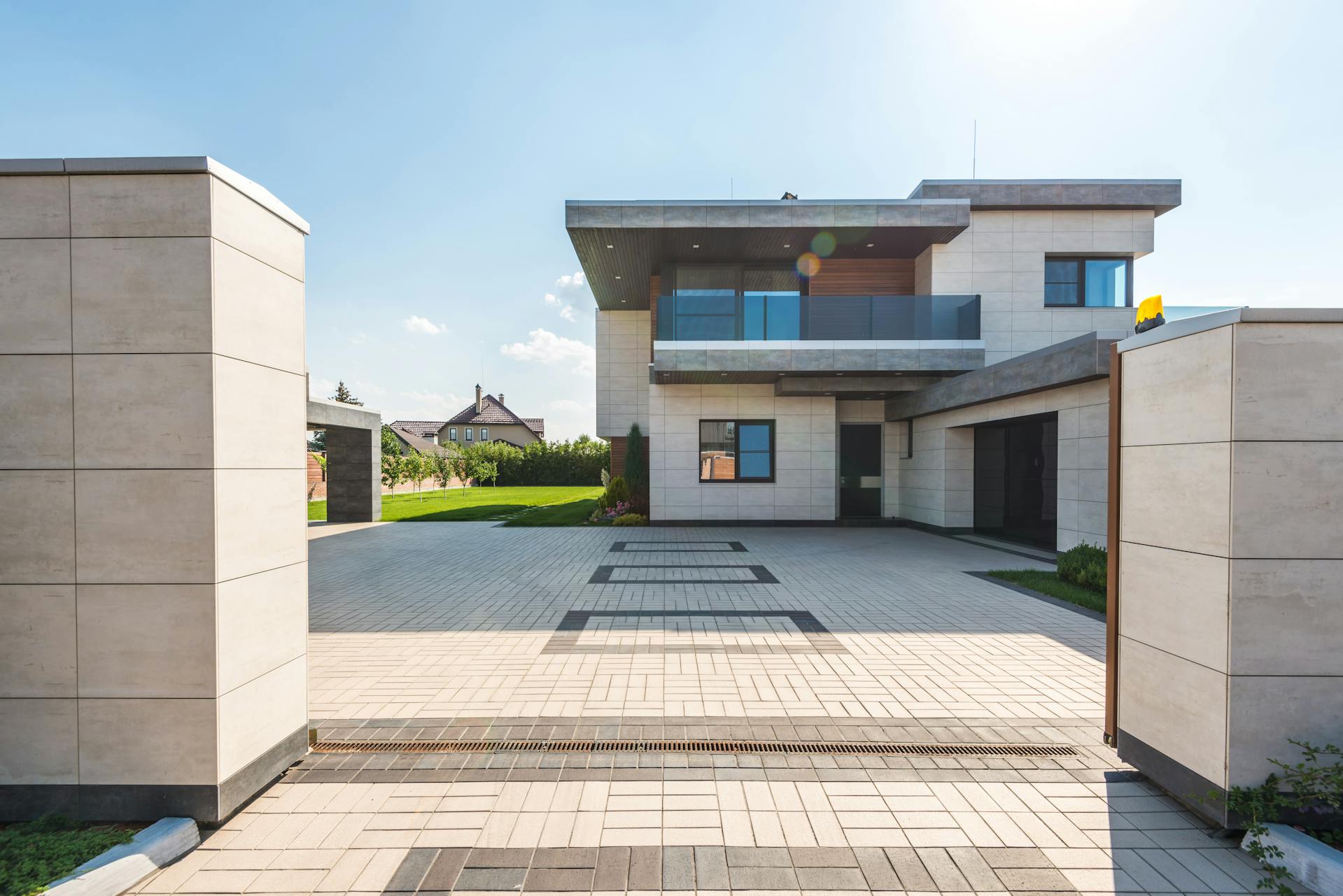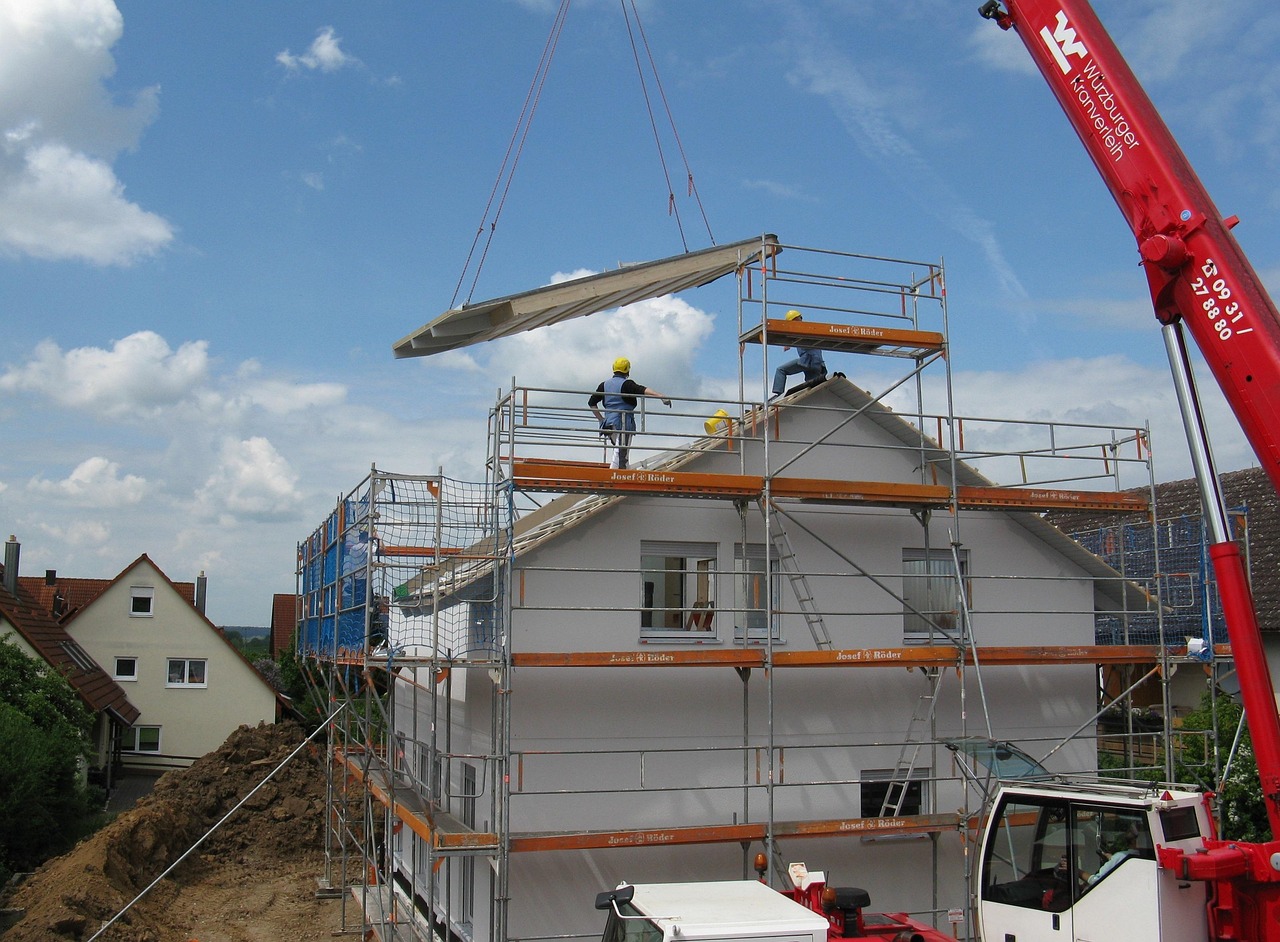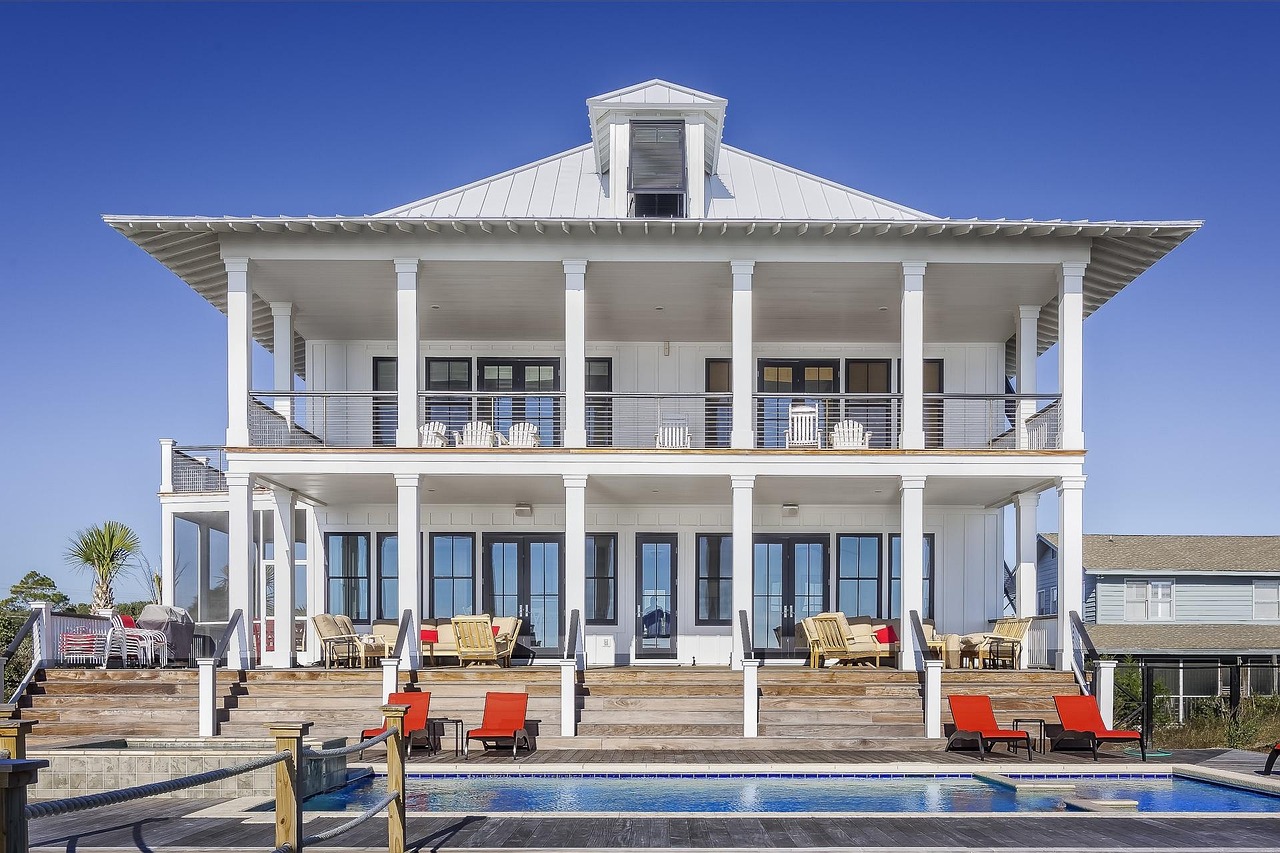Are Prefab Homes a Good Investment in 2025?

The idea of investing in prefab homes has gained momentum in recent years, and 2025 seems like the perfect time to ask whether they truly make financial sense. Many buyers are drawn to the efficiency, affordability, and modern design that these homes offer, while others remain cautious about their long-term value. According to platforms like www.ratgeber-eigentumswohnung.de, prefab homes are increasingly being recognized as a smart option for both first-time homeowners and seasoned investors who want to balance cost with durability. With the housing market shifting and sustainability becoming a key focus, prefab properties are carving out a strong position in the real estate landscape.
Affordability and Cost Efficiency
Prefab homes are often more budget-friendly compared to traditional site-built houses. The streamlined construction process and efficient use of materials contribute to lower overall costs. This affordability makes homeownership accessible to a broader range of individuals, especially in areas where housing prices have soared.
Speedy Construction and Reduced Labor Costs

One of the standout advantages of prefab homes is their rapid construction timeline. With components manufactured off-site and assembled on location, these homes can be completed in a fraction of the time it takes to build a conventional home. This efficiency not only accelerates the return on investment but also minimizes labor expenses. Investors can capitalize on quicker occupancy, leading to faster rental income or resale opportunities.
Customization and Modern Design
Prefab homes today offer a range of customization options, allowing buyers to select layouts, finishes, and features that suit their preferences. This flexibility ensures that the home meets individual needs and stands out in the market. Moreover, modern prefab homes incorporate contemporary designs and smart technologies, appealing to tech-savvy buyers and renters seeking convenience and energy efficiency.
Sustainability and Energy Efficiency
Environmental considerations are increasingly influencing investment decisions. Prefab homes often incorporate sustainable materials and energy-efficient systems, reducing their carbon footprint and operational costs. Features like solar panels, high-quality insulation, and energy-efficient appliances not only contribute to environmental sustainability but also attract eco-conscious buyers and tenants, potentially leading to higher demand and rental premiums.
Market Trends and Investment Potential

The market for prefab homes is showing promising growth. In regions like Arizona and Nevada, manufactured homes with land ownership and permanent foundations are appreciating at rates of 2-4% annually. This trend reflects a shift in perception, with modern prefab homes being recognized for their value retention and potential for long-term gains. Investors are increasingly viewing these homes as a stable and profitable asset class.
Considerations Before Investing
While prefab homes offer numerous benefits, prospective investors should be aware of certain considerations. Zoning regulations, land preparation costs, and financing options can vary by location and may impact the overall investment. It’s essential to conduct thorough due diligence, including assessing local laws and market conditions, to ensure a sound investment decision.
Prefab homes in 2025 present a compelling investment opportunity, combining affordability, rapid construction, customization, and sustainability. As the housing market continues to evolve, these homes offer a practical solution for investors seeking value and growth. By carefully evaluating local conditions and aligning investments with market trends, investors can capitalize on the advantages that prefab homes offer in today’s dynamic real estate landscape.


